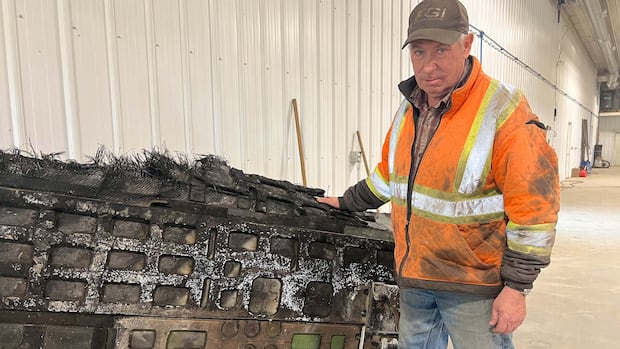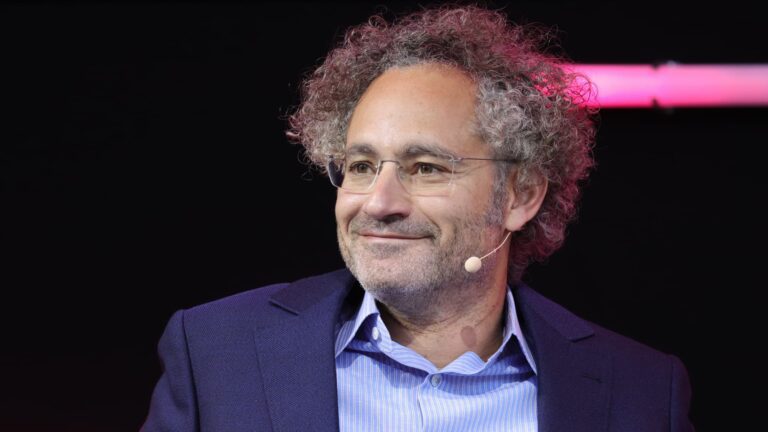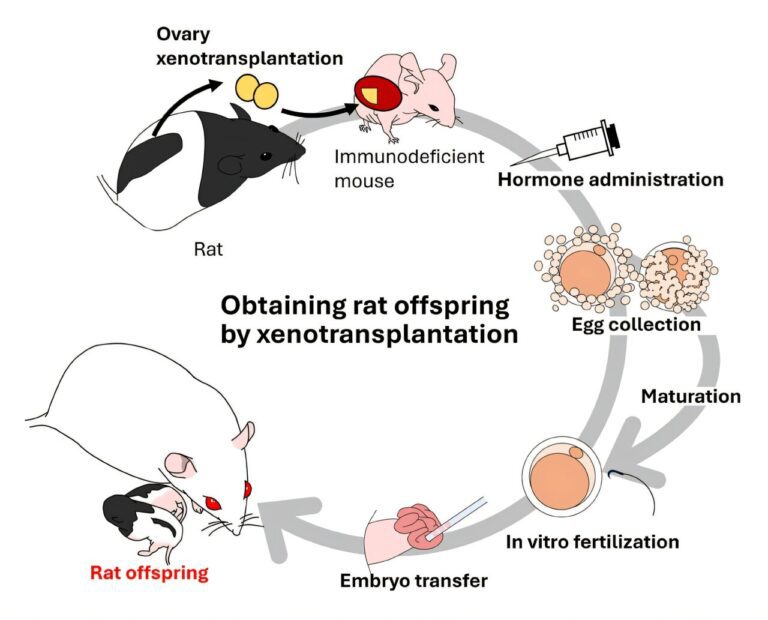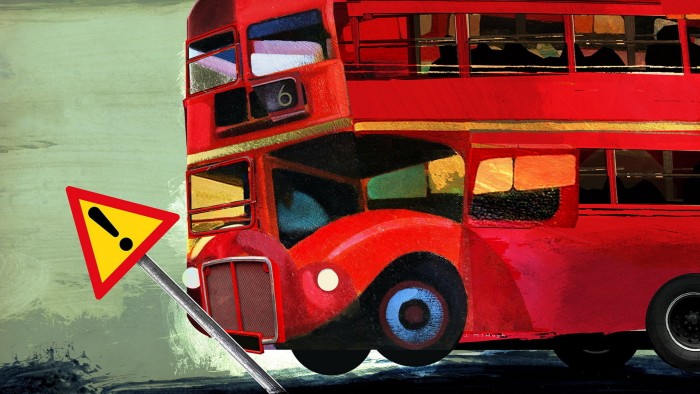As a farmer in rural Saskatchewan, Barry Sawchuk is used to removing rocks and weeds from his fields.
But he recently discovered a two-metre wide, 40-kilogram heap of twisted, burnt metal.
“My oldest son and I were out driving around just checking fields,” said Sawchuk, who farms near Ituna, Sask., about 250 kilometres southeast of Saskatoon. “We came across this object. We thought originally it was just garbage.”
Sawchuk said the multiple layers of charred composite fibres and webbing made him suspect it was space debris.
“But I had no idea. I don’t build spaceships for a living. I farm,” he said.
A group of astronomy professors heard about the case and, after agreeing that it was space debris, decided to try to figure out where it came from. Based on the date and location, they connected it to a rocket from private company SpaceX that flew back in February.
University of Regina astronomy professor Samantha Lawler, one of those working with Sawchuk, noted large chunks of metal from space have recently been found in Australia and Washington state, and one smashed through the roof on a house in Florida.
Barry Sawchuk and his son were out in his field planning this year’s seeding when they found what they thought at first was garbage, but it turned out to be the remains of a SpaceX rocket re-entry from back in February.
Lawler said space launches and re-entries are now a daily occurrence, so the risk of serious damage or death is increasing rapidly.
“It’s really just luck. If that had hit in the middle of Regina or, yeah, New York City, it very easily could have killed someone,” she said.
Lawler and others say some countries have rules regarding space debris, but they were written before anyone imagined private companies joining the space race. She said better regulations are urgently needed.
“The aggregate effects of all of these satellites and all of these re-entries need to be considered more carefully. This will be tested in the very near future. It’s really unfortunate how this is evolving,” she said.
The Morning Edition – Sask9:11Sask. farmer finds space junk in his field
What was the mysterious piece of burned up debris found in a farmer from Ituna’s fields? The object found on that farm land may be part of a satellite that re-entered the atmosphere. Samantha Lawler is an associate professor of astronomy at the University of Regina. She’s been looking into the origins of this piece of space debris.
No one from SpaceX or the Canadian Space Agency could be reached for comment. So far, the company hasn’t come to claim the debris from Sawchuk.
Sawchuk said once spring seeding is done on the farm, he has plans for his new treasure.
“Here in Ituna, Saskatchewan, we’re in the process of building a [hockey] rink. I think, if I can, I’m going to sell it. Some of the proceeds will go to the rink,” he said. “That’s where I was born and raised, so why not?”







